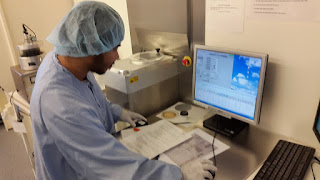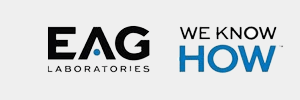FREE webinar: Optimising ALD high-k oxides for novel applications, 19 April 2018, 15:50 UTC [LINK]
Dr Harm Knoops and special guest speaker, Dr Uwe Schroeder, Deputy Scientific Director from NaMLab GmbH Dresden, Germany, will talk you through the ALD of ferroelectric HfO2 for novel memory applications and the tuning properties of TiO2 and HfO2 by substrate biasing during Plasma ALD.
The webinar will comprise of two talks, with a Q&A session at the end. Register here

Dr.ir. Knoops is the Atomic Scale Segment Specialist for Oxford
Instruments Plasma Technology and holds a part-time researcher position
at the Eindhoven University of Technology. His work covers the fields of
(plasma-based) synthesis of thin films, advanced diagnostics and
understanding and developing plasma ALD and similar techniques. His main
goals are to improve and advance ALD processes and applications for
Oxford Instruments and its customers. He has authored and co-authored
more than 30 technical papers in peer-reviewed journals.

Dr Uwe Schroeder has held the Deputy Scientific Director position at
NaMLab GmbH, Dresden, Germany since 2009. His main research topics are
material properties of ferroelectric hafnium oxide and the integration
of the material into future devices.
Prior to joining NaMLab, Schroeder was in a Senior Staff Scientist
position at Qimonda, previously known as Infineon Technologies (Memory
Division) and Siemens Semiconductor before. At Infineon’s Memory
Development Center in Dresden, his research included work on high k
dielectric and its integration into DRAM capacitors as a project
manager. During this work the so far unknown ferroelectric properties of
doped HfO2 based dielectrics were found. He focused on a
detailed understanding of these new material properties and their
integration into memory devices.
Schroeder received a Master degree in Physics and a PhD degree in
Physical Chemistry field from University of Bonn, Germany including a
research visit at UC California, Berkeley and worked at University of
Chicago as a post-doctoral researcher.



%20(1).png)


















